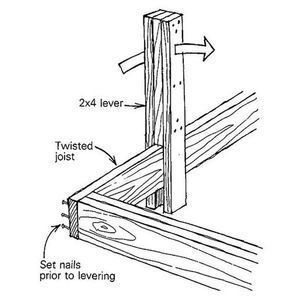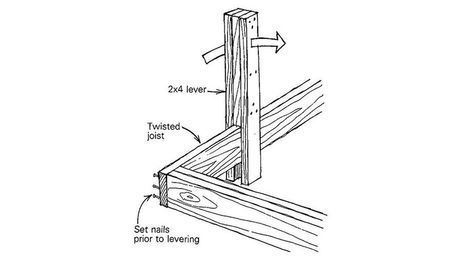Install Wood Flooring Series: Staining
Use the right applicators, colorants, and techniques for a uniform and vibrant look
Video Transcript:
Whenever you’re working with a tray, either for finish or stain, a clean garbage bag turned inside out is a perfect way of keeping any contamination out of the tray. When you’re done, just unwrap the bag and throw it away.
There are different ways of applying stain. One way is to use a lamb’s wool for application, and then wipe off the stain with rags. I don’t really like lamb’s wool—no matter what I do, I can’t get rid of the little fuzzies, so they end up all over the floor. Also, lamb’s wool puts down a lot of stain, which can get through the cracks and grooves and bleed back later. And I have to wait for it to dry. So I like to use the old-fashioned method: rags. I put the stain on with rags and take it off with rags. Sometimes I use a new method that is 10 times faster—I actually use a buffer. I apply stain with a buffer and take it off with a buffer.
Start staining in the corner and always go in the direction of the wood. Never go across the grain; otherwise, you might see variances. For a darker tone, leave the wood more porous so more stain can sink in. Or, use a method called water popping. Lightly dampen the floor and let it dry. When the water enters the pores, the wood fuzzes up, leaving all the wood fibers standing up, ready to accept more stain.
Before using the buffer, you still have to apply stain with a rag by the wall, because you can’t get too close to the wall with a buffer. Apply a half cup of stain to the buffer’s white pad before putting it on the machine. Buff down the length of the floor, then put a clean pad on the buffer and come back, buffing the stain off the floor. Instead of a pad you could use a square of old carpet, but you’d have to make sure the carpet has no stain guard and also no fuzzies that could come off. When you’re buffing off the stain, you’re not just removing it but burnishing it, so it’ll dry a lot quicker and work its way in. The buffer saves a lot of time and stain.
In this members-only video series:

























